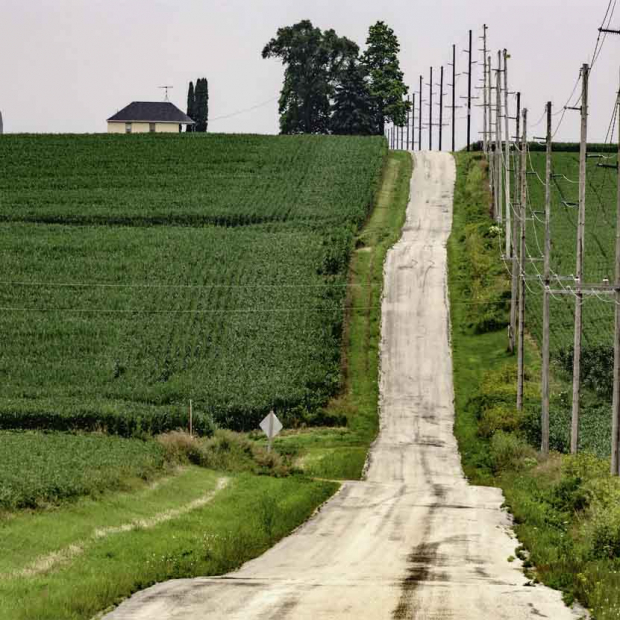
Indiana's Major Corridor Investment-benefit Analysis System
Indiana, like many states, faced groups in economically lagging parts of the state that were requesting state investment in new highway infrastructure to help spur economic development - business growth and attraction. However, the Indiana Department of Transportation (INDOT) realized that its traditional approaches to economic analysis of major highway proposals was based on comparisons of highway user benefits against project costs - an approach that did not account for potentially broader impacts on regional economies.
To address this need, INDOT commissioned a team of Cambridge Systematics, Bernarden Lochmueller & Associates and Economic Development Research Group to develop a standardized process and software that analyzed both user benefit/cost ratios and regional economic benefits. The result was MCIBAS - the Major Corridor Investment-Benefit Analysis System. MCIBAS has three main components:
- Indiana Statewide Traffic Model (ISTM) - a statewide traffic network simulation model that predicts effects of highway system improvement on traffic levels, speeds, and distances, including system-wide vehicle-miles of travel (VMT) and vehicle-hours of travel (VHT).
- NET_BC - A post-processor program that reads ISTM results and translates the predicted traffic changes into estimates of the dollar value of user travel time, travel cost, and safety benefits, and compared them to project costs at the statewide level.
- Economic Impact Analysis System (EIAS) - Four modules that estimate economic impacts of highway improvements:
-
- Translation of user benefits from NET_BC into direct economic impacts on business operating costs,
- Business Attraction module that estimates how a project would expand delivery and commuting market areas for businesses along the highway, and then increase direct business attraction beyond just direct cost effects;
- Tourism module that estimates how a project would shift tourism market patterns, and thus change direct impacts on tourist visitor-days in the region; and
- Linkage to a regional economic forecasting and simulation model (REMI) to calculate indirect and induced economic impacts over 30 years.
Glen Weisbrod and staff of EDR Group were responsible for (1) overall design of the Economic Impact Analysis System, (2) development of the Business Attraction module (based on EDR Group's Highway Economic Development Model), (3) design of tourism module, and (4) development of linkages to the REMI forecasting model. The system was applied for several highway projects, including US31 (Indianapolis to South Bend), SR26 / US35 (Lafayette to I-69) and Southwest Corridor (proposed I-69, Evansville to Indianapolis).
Summary Article: Kaliski, J., S. Smith and G. Weisbrod. "Major Corridor Investment - Benefit Analysis System," Proceedings of the 7th TRB Conference on Application of Transportation Planning Methods.
System Structure Introduction (Intro Portion): "Guide to MCIBAS (Major Corridor Investment-Benefit Analysis System) and Its Economic Impact Analysis Component," Prepared for Indiana DOT, by John Kaliski, Cambridge Systematics, Inc. and Glen Weisbrod, Economic Development Research Group, April 1998.
Case Study Application: MCIBAS summary from I-69 Environmental Impact Analysis report appendix








